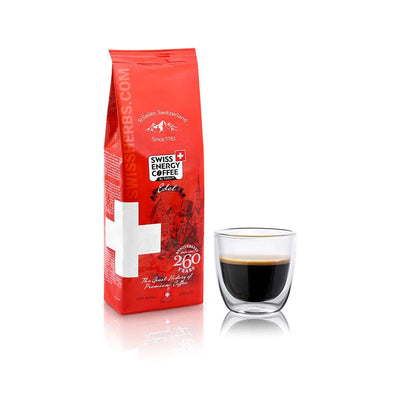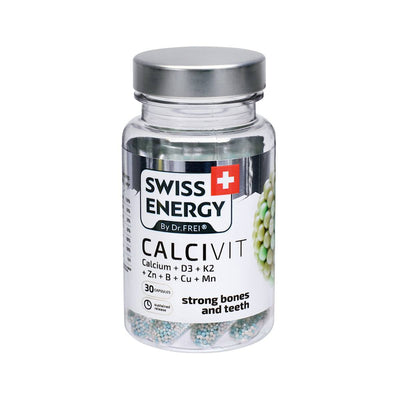Why Lozenges are Good For Your Health
When you think about lozenges, your mind automatically goes to a sore throat. However, a lozenge is a delivery system for medicine and isn't specific to relieving throat pain. Lozenges are used for localized effects, such as sore throat or dry mouth.
When you suck on a lozenge, you stimulate saliva production and lubricate the mouth and throat. In addition, many medical professionals use them to administer medications to pediatric and geriatric patients. The sucking motion allows them to easily absorb through the buccal lining and into the bloodstream for quick and efficient delivery.
What are Lozenges?
The word 'lozenge' comes from the French "la lozange," which means “a little square piece." And while it was originally used to refer only to a sugar candy, today, it's often associated with medicine for treating health problems in the mouth and throat. Merriam-Webster defines lozenge as, "A small, usually sweetened and flavored medicated material that is designed to be held in the mouth for slow dissolution." Also known as a troche, they're common in pharmaceutical compounding. Sucking on a lozenge can offer localized relief and is an excellent method of delivery for medication.
How Do Lozenges Work?
Lozenges are designed to dissolve slowly into saliva for up to 30 minutes. Sucking on the lozenge stimulates more saliva production, which lubricates a dry mouth or scratchy throat. Lozenges designed for medication delivery that's not localized absorbs through the buccal lining into the bloodstream for rapid results. Benefits of Using Lozenges Medical professionals and care providers often have trouble administering medications in a health care setting or at home to pediatric and geriatric patients. Lozenges are formulated with a pleasant taste, making it easier to get life-saving medicines to those that need them. Pharmacists can turn most medicines into lozenges using long-tested methods. Additionally, oral mucosa delivery can be more effective for many patients. According to a study updated in May 2021 regarding oral transmucosal fentanyl, "As the lozenges of OTFC ( Oral transmucosal fentanyl citrate) dissolve, 25% of the total fentanyl is absorbed across the oral mucosa, while the remainder 75% is swallowed. One-third of the 75% escapes the first-pass metabolism and is slowly absorbed in the intestines.
OTFC's rapid absorption across the oral mucosa coupled with its fast diffusion across the blood-brain barrier establishes its rapid onset. Delivery of fentanyl as OTFC via the oral mucosa is advantageous due to the nature of the oral mucosa. The oral mucosa is highly permeable and vascular, allowing lipophilic compounds to diffuse across the mucosa into the bloodstream easily."
When you use a drug route that bypasses the gastrointestinal tract, digestive process, and first-pass metabolism in the liver, you get more medication faster. This option is both quicker, easier, and less invasive than intravenous methods. Research shows transmucosal delivery is one of the most non-invasive ways to administer medication. More home care and family caregivers feel comfortable with medicine that dissolves. Pills can be dangerous for certain parts of the population, including young children, special needs patients, and older individuals. Hazards include choking or losing pills and spilling liquids.
Different Types of Lozenges for Health Ones in health care are soft, hard, or chewable. Soft lozenges are commonly made with significantly weighted polyethylene glycol or PEGs to ensure they dissolve slowly in saliva. Others are mixed with acacia as an adhesive agent bonding the compounds, including the medicine, into the slowly dissolving lozenge.
Soft lozenges are made with a PEG, chocolate, or acacia base. Another popular over-the-counter lozenge following sore throat solutions is a zinc supplement. A few studies suggest zinc may shorten the duration of the common cold. A 2017 report available in Sage Journals found, "In conclusion, the trials included in this study were of high methodological quality: randomised, double-blind, and placebo-controlled. They were carried out over three decades by six different research groups. The evidence is thus very strong that zinc lozenges may shorten the duration of colds by approximately 33%." For reference, the zinc doses were between 100 and 150mg per day.
These are daily supplements, rather than taking a smaller dose for a week or two at the onset of cold symptoms. Some health care professionals refer to transmucosal lozenges, which is another type of troche used to deliver short-acting synthetic opioids for breakthrough pain. There are four transmucosal routes—intranasal, buccal, sublingual, and rectal. Transmucosal lozenges are buccal. Intranasal involves delivery through the nasal cavity.
Sublingual enters underneath the tongue. The rectal absorbs through the glands, and the buccal goes between the gums and cheek lining. It's possible to confuse sublingual and buccal. However, these are different glands and entry points past the blood-brain barrier. But some sublingual medications can be given through the buccal area. For people trying to quit smoking, nicotine lozenges can help them get over the hump.
The nicotine replacement therapy is proven to reduce cravings as they eliminate the harmful chemical from their body and life. How to Use Lozenges One of the advantages of this delivery method is that it's easy. Hard lozenges, including medication lollipops, dissolve over five to ten minutes. Soft lozenges are chewable or dissolvable, which can be an excellent benefit for younger and older patients. Whether they chew or suck on the lozenge, the medicine is still delivered successfully.
Chewables are made with glycerinated gelatin. Use dry hands to take the lozenge out of the package. Wetness will cause the medication to begin dissolving. Don't eat or drink anything while the lozenge dissolves in the mouth. Patients shouldn't smoke while taking a buccal absorbing drug.
Nicotine can make it take longer for the medication to work. Slow-dissolving prescription pain medications, such as opioids for cancer patients, provide more significant relief than other delivery methods. These small medications are great for localized relief and can be used to administer medicine when administering it orally isn't possible.
Lozenges are designed to dissolve slowly in saliva in less than 30 minutes, providing quick effects. Additionally, skipping the water requirement and digestion process helps medicate patients faster than other routes.



